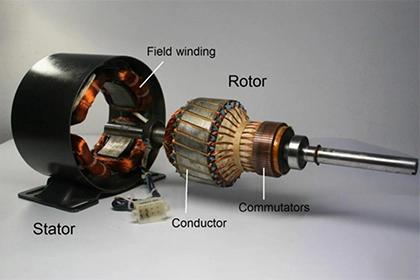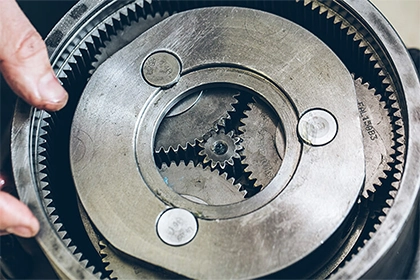
How to turn dc motor into servo motor?
To turn a DC motor into a servo motor, you need to add feedback and control circuitry to it. A servo motor has the ability to move to a specific position and hold that position, while a simple DC motor just spins when a voltage is applied.
A servo motor is a type of motor that is able to rotate to a precise angle, making it ideal for applications requiring precise control and positioning, such as robotics or automation systems. On the other hand, a DC motor rotates continuously, with speed and direction determined by the applied voltage. If you want to turn a DC motor into a servo motor, you need to add some additional components and control electronics.
Here's a step-by-step guide on how to turn a DC motor into a servo motor:
-
Obtain a DC motor: The first step is to obtain a DC motor that meets your requirements for torque and speed. You will also need to determine the voltage and current requirements for your application.
-
Choose a control circuit: There are various control circuits available for converting a DC motor into a servo motor. The most common ones are the pulse width modulation (PWM) control circuit and the closed-loop control circuit. A PWM control circuit is a simple and cost-effective solution for converting a DC motor into a servo motor. On the other hand, a closed-loop control circuit is more precise and can control the motor's position with greater accuracy.
-
Add a feedback mechanism: To turn a DC motor into a servo motor , you need to add a feedback mechanism to the motor. This is typically done by adding a rotary encoder or a potentiometer to the motor. The feedback mechanism provides information on the motor's position and speed, which is used by the control circuit to regulate the motor's rotation.
-
Choose a microcontroller: To control the motor, you will need a microcontroller, such as an Arduino or a Raspberry Pi. The microcontroller will receive commands from the control circuit and generate the PWM signals needed to control the motor's position.
-
Connect the components: Once you have all the components, you will need to connect them according to the schematic diagram of your chosen control circuit. This typically involves connecting the DC motor, feedback mechanism, control circuit, and microcontroller.
-
Program the microcontroller: Finally, you will need to program the microcontroller to control the DC motor. This typically involves writing code to generate the PWM signals based on the input commands and feedback from the feedback mechanism.
In conclusion, converting a DC motor into a servo motor requires adding some additional components and control electronics, including a control circuit, feedback mechanism, microcontroller, and programming. With the right components and setup, you can turn a DC motor into a precise and accurate servo motor, making it ideal for a variety of applications requiring precise control and positioning.



Leave a Comment